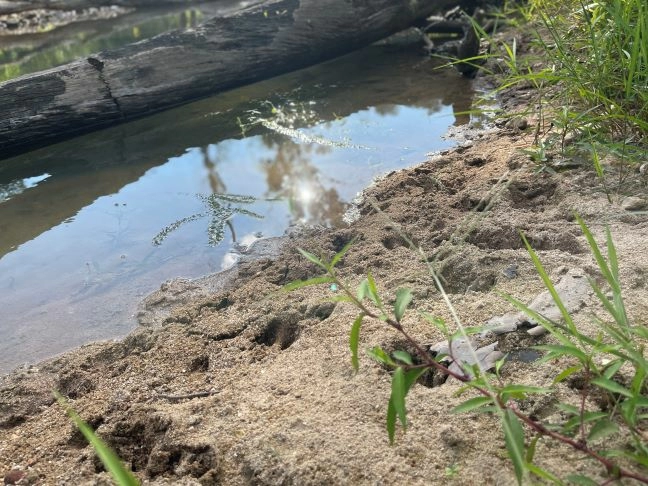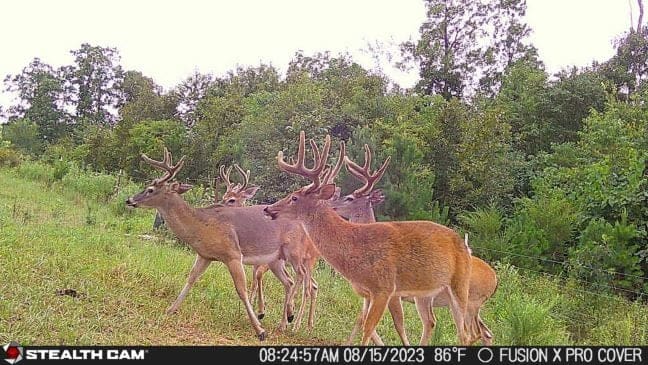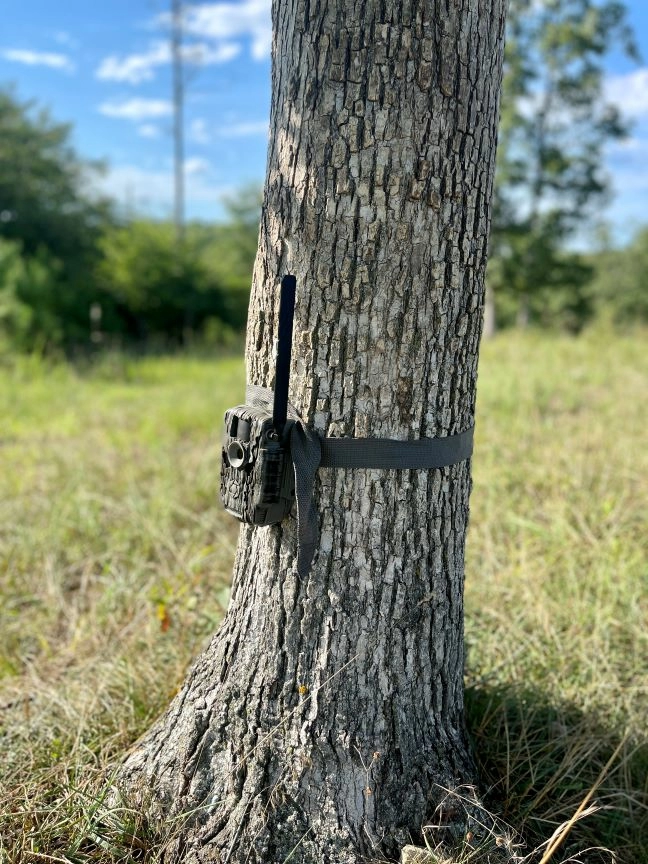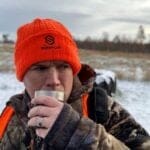Hunters have been captivated by the regal spectacle of deer antlers for decades. Whether it’s the thrill of spotting a trophy rack while out hunting, the joy of stumbling upon a shed antler during winter hikes, or the meticulous observation of antler growth through game cameras during the summer months, the allure of these magnificent appendages seems to know no bounds. Yet, beyond mere fascination, the summer display of antler growth holds invaluable insights for hunters, providing a window into the upcoming fall hunting season.
For myself, my friends and family often wonder why I’m already talking about deer hunting in May. Over the past few years, I’ve developed a passion for observing and tracking antler growth throughout the summer. Is it just for fun, or are there benefits when hunting season arrives in the fall?

The Antler Growth Timeline
One of the first questions that often arises among hunters occurs when deer antlers start growing. Antler growth typically kicks off in the spring, shortly after the previous year’s antlers have been shed. On many occasions, I have seen antlers three to four inches high on bucks during April while turkey hunting. As testosterone levels surge, velvet-covered antlers emerge from bony projections on the deer’s skull, growing at an astonishing rate of up to half an inch per day. By late summer, this rapid growth phase tapers off, and the velvet is shed to reveal the hardened, fully formed antlers beneath.

When should hunters start using game cameras to monitor antler growth? With many hunters now using cellular cameras instead of traditional game cameras, a common question arises: when is the best time to activate my cameras? When antlers shed from all my bucks, I often disable my cell cameras until they start to grow their new antlers at a decent rate. As a rule of thumb, when turkey season ends, my focus turns to deer. The optimal time to deploy game cameras is early summer when antlers are growing. Setting up cameras strategically in areas frequented by bucks allows hunters to witness the progression of antler development firsthand.
Maximizing Camera Effectiveness
To maximize the effectiveness of game cameras in capturing bucks during the summer, hunters should focus on two key elements: food, whether it be a green food plot or supplemental feeding and water sources. Although I use cameras on plots and feed, I prefer supplemental food, such as a high protein feed, to get more pictures. By establishing feeding stations and providing reliable water sources in areas with high deer traffic, hunters can increase the likelihood of attracting bucks within the camera’s range. Suppose food plots or feed sites are not an option; in that case, placing cameras along natural travel corridors and near bedding areas can yield valuable insights into buck movements and behavior patterns.

I like simply watching the buck’s progress of antler growth on cameras. Call me crazy, yet something is fascinating about watching the growth at such a fast pace. Summer bucks and their burgeoning antlers offer a wealth of insights that can help to form hunting strategies for the upcoming fall season. By closely monitoring antler growth through game cameras, hunters can gauge how much bucks have grown over the past year, identify potential targets for the upcoming season, and assess which bucks have established themselves as contenders for the shooter list. Keeping last year’s target bucks on your photo album on your phone or a folder on your computer helps as a reference point to know what bucks have developed more inches.
Moreover, observing the influx of new bucks into an area during the summer months can provide valuable intelligence on population dynamics and migration patterns. Watching bucks throughout the summer isn’t just about admiration—it’s about gathering actionable intelligence to enhance hunting success. By consistently monitoring bucks in the same general areas over multiple years, hunters can discern which bucks are resident and transient, shedding light on summer travel patterns and seasonal movements. I have used cameras in the same general area for four to five years and have been able to compare up to five years of photos on one particular buck. With this knowledge, hunters can craft more targeted and effective hunting strategies tailored to the specific bucks that inhabit their hunting grounds or determine what changes need to be made to the habitat to grow better-quality bucks. For example, if many of your bucks are growing minimal to no inches of antler year to year, it is safe to say you need better quality food sources and higher protein feeds.
The fascination with deer antler growth extends beyond mere aesthetics—it’s a window into the complex world of deer behavior and habitat utilization. By harnessing the power of game cameras and the insights from summer observations, hunters can gain a deeper understanding of their target and elevate their hunting prowess to new heights. So, as summer unfolds and antlers begin their annual transformation, let the journey of observation commence, for within it lies the keys to a successful fall hunting season.
